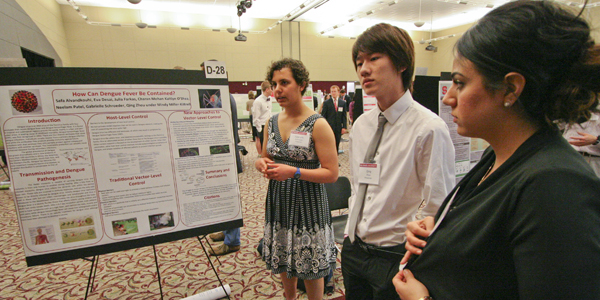research news
Moth-Inspired Nanostructures Take the Color Out of Thin Films
New Software Spots, Isolates Cyber-Attacks to Protect Networked Control Systems
Cannibal Tadpoles Key to Understanding Digestive Evolution
National Study of Nanomaterial Toxicity Sets Stage for Policies to Address Health Risks
Injectable Nano-Network Controls Blood Sugar in Diabetics for Days at a Time
Paper Offers Framework for Amazon Oil and Gas Development
Older Is Wiser: Study Shows Software Developers’ Skills Improve Over Time
New Research Findings Open Door to Zinc-Oxide-based UV Lasers, LED Devices
Study Shows Reproductive Effects of Pesticide Exposure Span Generations
New Algorithm Helps Evaluate, Rank Scientific Literature
